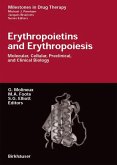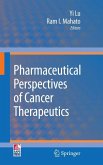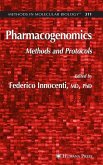An authoritative review of the current state-of-the-art understanding of the structure and function of the adrenergic receptor subtypes, as well as of the role played by these receptors in physiological and pathophysiological settings. Topics range from structure-function studies and the imaging of adrenergic receptors to the use of genetically altered mouse models and pharmacogenomics. Highlights include a survey of the knockout and overexpressed mouse models, a review of the new ways that adrenergic receptors can signal, and the effects of polymorphisms on clinical outcomes and on potential gene therapy applications. The side-by-side comparison of all the adrenergic receptors (a1, a2, and b) provides the reader with an excellent survey of the field, including the rationale for designing better drugs to control blood pressure and heart function.
From the reviews: "...useful to anyone interested in adrenoceptor physiology/pharmacology or in the design of drugs interacting with the receptor or its signal transduction pathway." -Journal of Medicinal Chemistry "Dianne Perez has assembled a number of important contributors to the research area and grouped the 15 chapters into six parts. ... many MDs, biologists, and pharmacologists will find the book ... appealing, as the receptor class is involved in numerous cardiovascular and pulmonary diseases." (Boris Schmidt, ChemMedChem, Issue 1, 2006)







